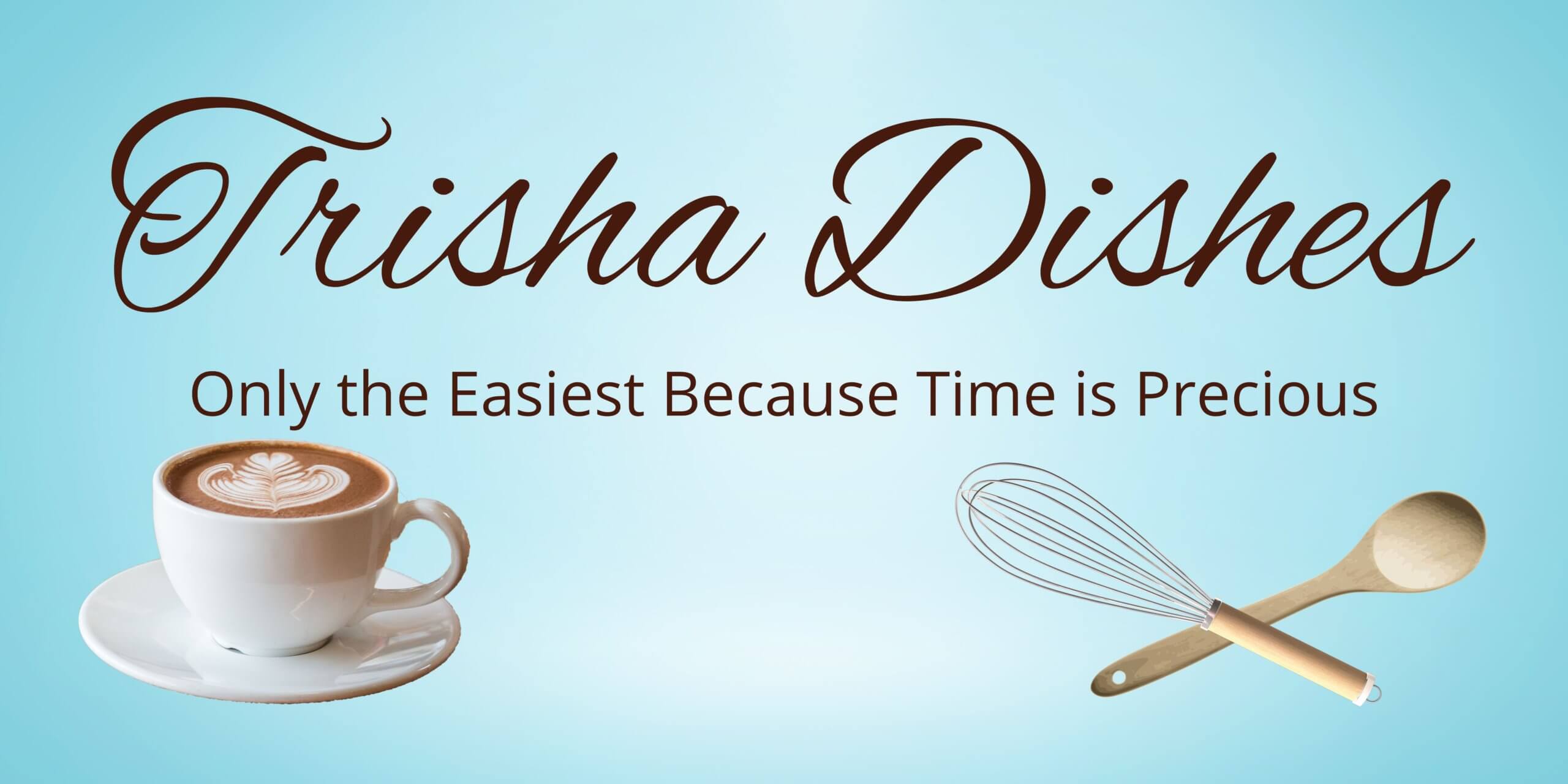Learning Styles
There are 3 different learning styles: Visual, Auditory, and Tactile/Kinesthetic. Visual learners learn best through seeing. Auditory learners learn best by hearing. Tactile learners learn best by touching while kinesthetic learners learn best by doing. Many people will find that 2 of the 3 categories fit them best.
Affiliate links are used. I might make a small commission off of purchases through these links at no additional cost to you. Thank you for visiting me today.
Quiz
I found this quiz online that helps to determine which learning style is best for you or your child. You can ask your child the questions or take the quiz from your child’s point of view. I caution you to pay attention to the learning style that seems to run a close second to the top choice for each question. Sometimes the second choice can give you a lot of insight into how your child learns best since so many people have more than one learning style.
You can find the quiz Here. Click Here
Using Your Knowledge of Your Child’s Learning Style
Now that you have a better understanding of your child’s learning style, you can structure your lessons to incorporate more of your child’s learning style. If you have a college bound high school student, you can also use knowledge of learning style weaknesses to help your child develop strategies to overcome those weaknesses. For instance, a child who is weak with auditory learning might have difficulty with lectures unless they learn good note-taking skills.

Visual Learners
Visual learners learn best by seeing. Charts, graphs, pictures, maps, and demonstrations are all beneficial to visual learners. Story Maps are a great way to make literature more visual. Word webs, brainstorms, and outlines all add a visual component to lessons and note-taking. Visual learners don’t want to be told. They want to be shown.
Auditory Learners
Auditory learners learn best by hearing. Lectures, oral presentations, question/answer (Q&A) sessions, audio books, recitations, reading aloud, and listening to music can all be beneficial to the auditory learner. There is a connection between music and math skills . The research there is fascinating, but that is another post entirely. Basically, auditory learners want to be told.
Tactile/Kinesthetic Learners
Tactile learners learn by touching. Giving tactile learners an interesting texture can help them. Writing spelling words in chalk on pavement, for instance. Shaving cream, whipped cream, rice, flour, or sand can also add interesting textures to practicing rote memorization like spelling words or math skills.
Kinesthic learners learn by moving and doing. Labs, sports, playing instruments, puzzles, and art are valuable to the kinesthetic learner. Making a Q&A session into a physical game or incorporating an art project with the lesson can be beneficial to kinesthetic learners.
Tactile/Kinesthetic learners don’t want to be shown or told. They want to do it themselves. They want to explore, touch, feel, and do it all.

Homeschool Advantage
The clear advantage to homeschooling is our ability to skip the learning styles that aren’t helpful to our children. Our children can benefit from lessons that are structured and designed with their interests, strengths, and weaknesses in mind. While this can be, arguably, the greatest advantage to homeschooling, we don’t want it to cripple our kids later on either. It can be tempting to skip maps for our children who aren’t at all visual, but they might need to know where Europe is someday. It is far better to use their strengths to overcome their weaknesses. For instance, one can use a mnemonic device to learn the countries of Europe by using the first letter for each country to make a silly sentence.
Teaching your children about their own learning styles, how to use them for success, as well as how to overcome their weaknesses can springboard your children into successful futures regardless of the futures they choose.









